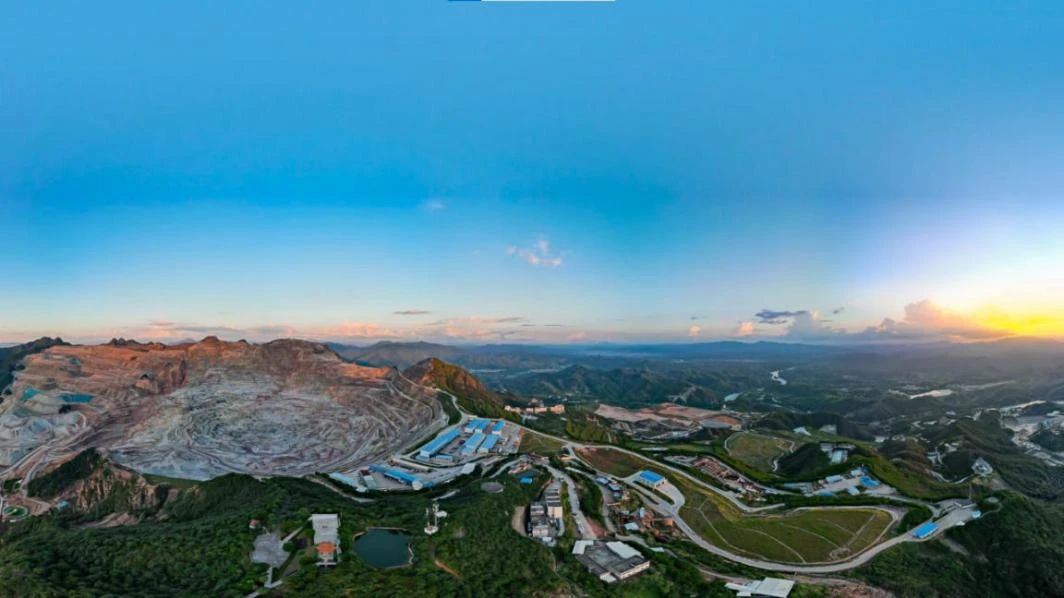
Jan 08, 2022
Petrochemical exports exceed crude oil
Reducing Iran's dependence on oil revenues remains the country's main goal, and the petrochemical industry will replace oil as the key to economic growth in the new fiscal year, according to a draft budget released by the Iranian government.
Iran exported nearly $20 billion worth of oil and petrochemicals in 2020, double the value of crude oil exports, according to data compiled by Reuters. According to Iranian Oil Minister Javad Owji, "Iran's petrochemical exports alone will reach $4.8 billion in the new fiscal year."
In addition, according to the data released by the Iranian National Petrochemical Company, as of March 2021, Iran's annual production of petrochemical products has increased from 3 million tons in 1978 to 83.5 million tons; At the same time, Iran's share of the Gulf petrochemical trade market rose to 22.1 per cent and is expected to increase further after the end of the fiscal year.
The next phase of development of Iran's petrochemical industry will include 47 projects, 10 of which will be launched in early 2022 and could easily increase Iran's petrochemical production to 135 million tons per year, according to The report. Iran's petrochemical industry is expected to reach $50 billion in revenue by 2027.
It is understood that so far, despite the impact of COVID-19 and US sanctions, Iran has achieved its overall petrochemical industry development target for this fiscal year, and the next goal is to continue optimizing the petrochemical sector to become the leading petrochemical power in the Gulf region by 2027. By then, Iran's petrochemical industry will have an annual production capacity of 167 million tons and a cumulative investment of 125 billion DOLLARS.
By the end of 2021, 72 percent of the catalysts needed by Iran's petrochemical industry had been locally produced, and the country plans to become fully self-sufficient in petrochemical catalysts by 2023, The Tehran Times reported. According to the Iranian Petrochemical Research and Technology Company (PRTC), Iran needs $275.8 million worth of petrochemical catalysts per year, and achieving self-sufficiency could save $150 million to $180 million per year.
According to Majid Daftari, GENERAL Manager of PRTC, 20 out of 40 catalysts in the petrochemical industry are already locally produced, and another eight will be locally produced by March 2022.
The largest petrochemical companies further market-oriented
Iran plans to strengthen its petrochemical industry position by starting with the Persian Gulf Petrochemical Industry Corporation (PGPIC), the country's largest petrochemical company. The Iranian government plans to sell its entire 18 per cent stake in the company on the local stock market in a bid to further market PGPIC, Iranian news agency Itar-Itna reported.
It is reported that PGPIC, which is controlled by the Iranian Ministry of Oil, is the most profitable energy company in Iran and the second largest petrochemical company in the Gulf region after SabIC. It has a 40% share in the Iranian petrochemical market and controls major petrochemical plants and facilities in Iran. At present, PGPIC is building the largest petrochemical production base in Mahshahr Petrochemical Special Economic Zone in southwest Iran, which can produce 1.26 tons of ethylene and 420,000 tons of propylene annually.
"PGPIC is a large company with more than 60 subsidiaries and 18 per cent of the shares will be sold in three lots," said Hossein Qorbanzadeh, head of the privatisation organisation under the Finance ministry. Iran's Financial Tribune newspaper estimated that PGPIC would have a market value of 3,500 trillion Iranian riyars ($12 billion).
伊朗政府说整个的销售government stake in PGPIC would further strengthen Iran's petrochemical industry and give the company more "freedom" to not only improve operational efficiency but also strengthen market competitiveness.
According to data compiled by Iran's Oil Ministry news agency Shana, PGPIC achieved petrochemical export earnings of $2.4 billion in the half fiscal year from March 21, 2021 to September 22, 2021, with revenue up 71% year-on-year and net profit up 148% year-on-year. As more petrochemical projects come online, the total production capacity will reach more than 50 million tons from March 2027.
Petrochemicals have replaced oil as the financial backbone
Notably, Iranian President Ahmet Leahy submitted a draft budget for the next fiscal year to parliament at the end of 2021, setting an economic growth rate of 8%. The draft budget stresses that the Iranian government will develop plans to accelerate the reduction of its dependence on crude oil revenues, which are replacing oil as a key pillar of Iran's finances, with the aim of increasing petrochemical production capacity to 120 million tons by 2022.
Indeed, the petrochemical industry is playing an increasingly critical role in Iran's economic growth, greatly easing decades of heavy dependence on oil and gas exports. As of November 2021, most foreign direct investment in Iran is concentrated in petroleum coke production, petrochemicals, chemicals, and rubber and plastics manufacturing.
It is understood that at present, most petrochemical facilities in Iran are completed through short-term credit or long-term direct investment and loan. In a bid to attract foreign investment, Iran has redesigned the terms of the contracts, aiming to pave the way for foreign companies to invest in Iran's petrochemical industry.
The national Iranian Petrochemical Company said the new contract addressed the problem of excessive collateral for previous projects, and that it acted as a guarantor of the deal, with liens on future products from petrochemical facilities under construction as security for loan repayment.
It is reported that even under the current contract terms, Iran's petrochemical industry has a return rate of 30-35% for investors, and the Iranian government can earn 15-16 times as much revenue per ton of petrochemical products as oil.
Previous:Europe Accelerates Development Of Lithium Resources
Next:South America Is The World's Leading Supplier Of Copper